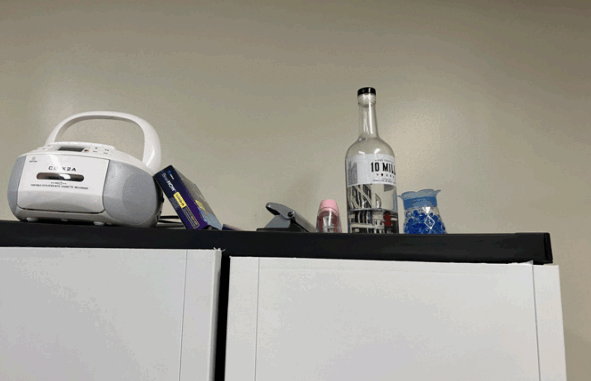
By CaraLynn Caulfield
New York’s oversight of adult care facilities is falling short—leaving thousands of elderly and vulnerable residents at potential risk due to delayed inspections and unresolved violations, according to a recent audit released by State Comptroller Thomas DiNapoli.
The report paints a concerning picture of systemic backlogs and breakdowns at the Department of Health (DOH), the agency responsible for licensing and supervising adult care facilities across the state. Auditors reviewed DOH’s performance from 2018 through 2024 and found that routine inspections often occurred years late, while issues flagged in earlier visits were frequently left uncorrected.
“Inspections are a basic tool to ensure that residents are being cared for in clean, safe conditions,” DiNapoli said. “Without timely inspections or adequate follow-up, we can’t be confident that facilities are meeting even minimum standards.”
Adult care facilities—often serving seniors who are no longer fully independent but don’t need the intensive care of a nursing home—are required to undergo inspections every 12 to 18 months. But in a sample of 30 facilities, 70% failed to receive inspections within that window. In the worst cases, delays stretched up to five years.
Three of the state’s four regional oversight offices—New York City, Long Island, and Western New York—reported significant backlogs in inspections. Only the Central New York office maintained a timely inspection schedule during the review period.
Among the most striking findings: one facility that hadn’t been fully inspected in nearly two years was discovered to have dozens of serious violations when auditors alerted the Health Department. The agency quickly dispatched inspectors, who uncovered 54 violations and a dozen separate findings, prompting immediate action.
During surprise visits to 20 adult care homes across the state, auditors observed troubling conditions ranging from structural disrepair to health hazards. In one facility, broken staircases and unsafe walkways posed fall risks. In another, kitchen appliances weren’t functioning at safe temperatures, raising questions about food safety.
Other red flags included:
- Expired medications found years after prior citations
- Staff still lacking basic first-aid certification more than a year after it was required
- Alcohol and drug paraphernalia in administrative areas
- Lapses in fire drills and emergency preparedness
The report also criticized the state’s handling of complaints. Between 2018 and 2023, the Health Department received over 7,400 complaints about adult care facilities. But in a sample of 130 reviewed cases, nearly one in five lacked evidence of a full investigation. In several instances, auditors found no proof that any investigation took place at all.
“These complaints weren’t just paperwork—they included reports of residents left alone for long periods, unsanitary conditions, and serious neglect,” DiNapoli said.
The audit further revealed that the DOH often failed to verify whether facilities had corrected previous violations. In 30 inspection reports containing 89 violations, there was no documentation showing that any follow-up action occurred.
In response to the audit, the Department of Health acknowledged the delays and attributed them in part to staffing shortages and disruptions caused by the COVID-19 pandemic. Officials said they are addressing the issues through increased hiring, new tracking systems, and the formation of a quality assurance committee to improve oversight.
As of last year, there were 534 adult care facilities operating in New York, serving more than 37,000 residents.
DiNapoli said the state must move faster to fix these oversight gaps.
“When elderly residents are living in unsafe or poorly maintained facilities, the consequences can be severe,” he said. “It’s the Health Department’s job to make sure these facilities meet their responsibilities—and right now, that job isn’t getting done.”

